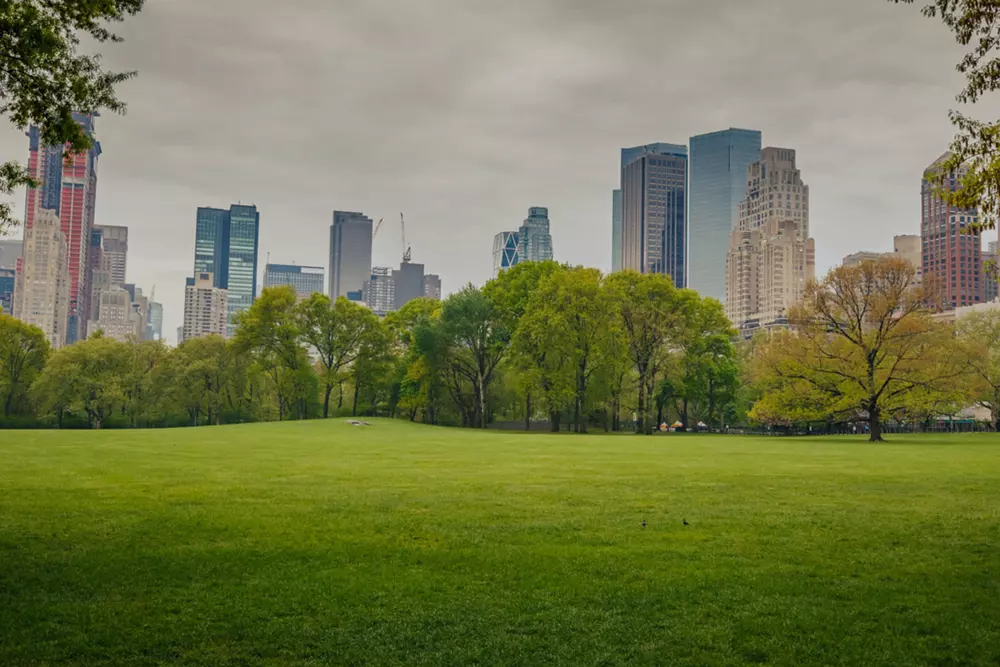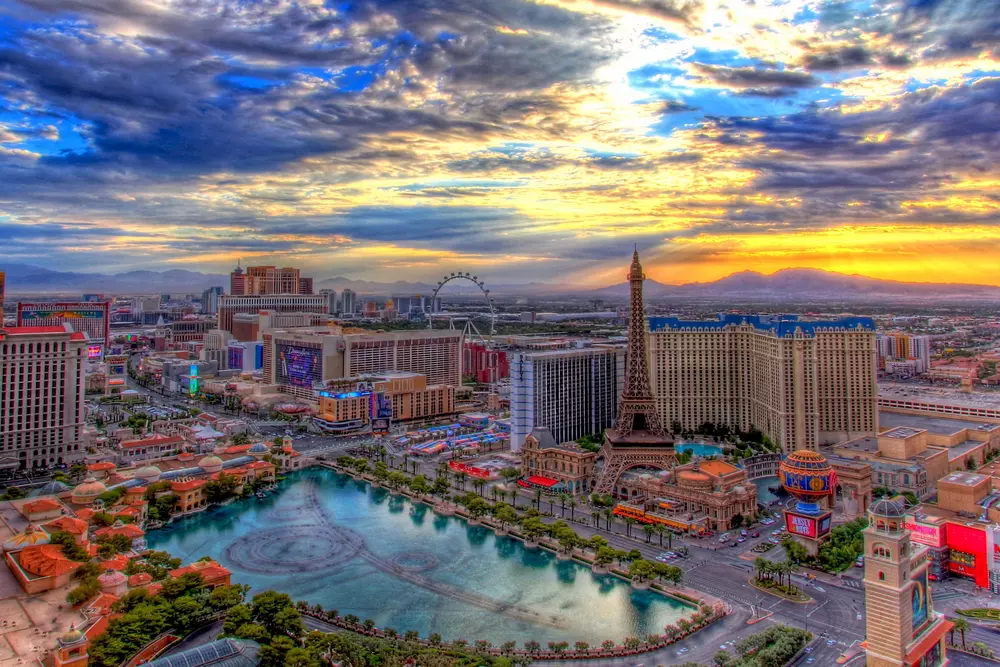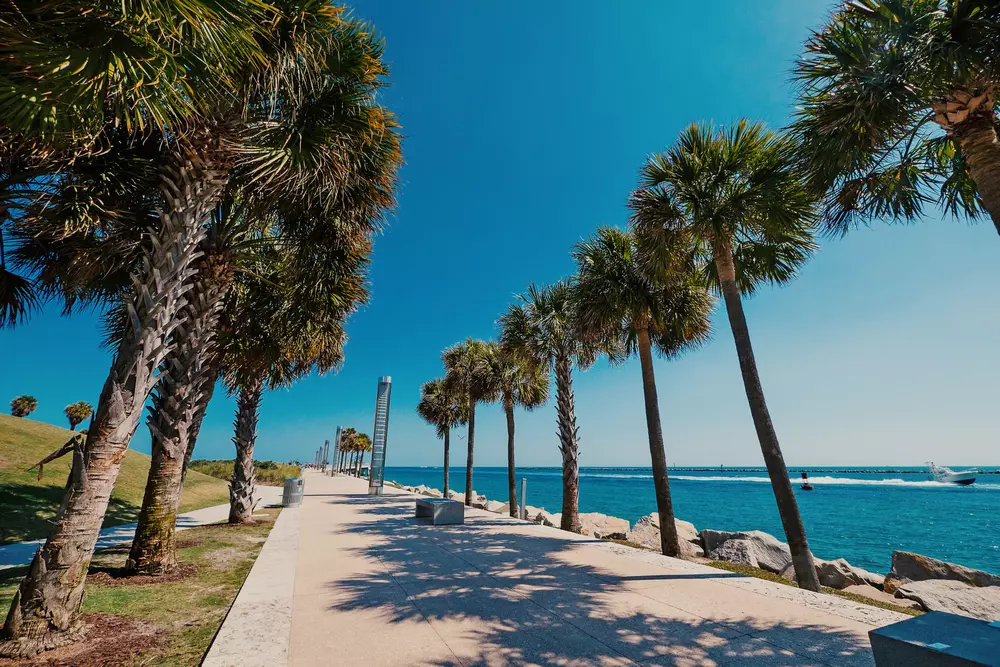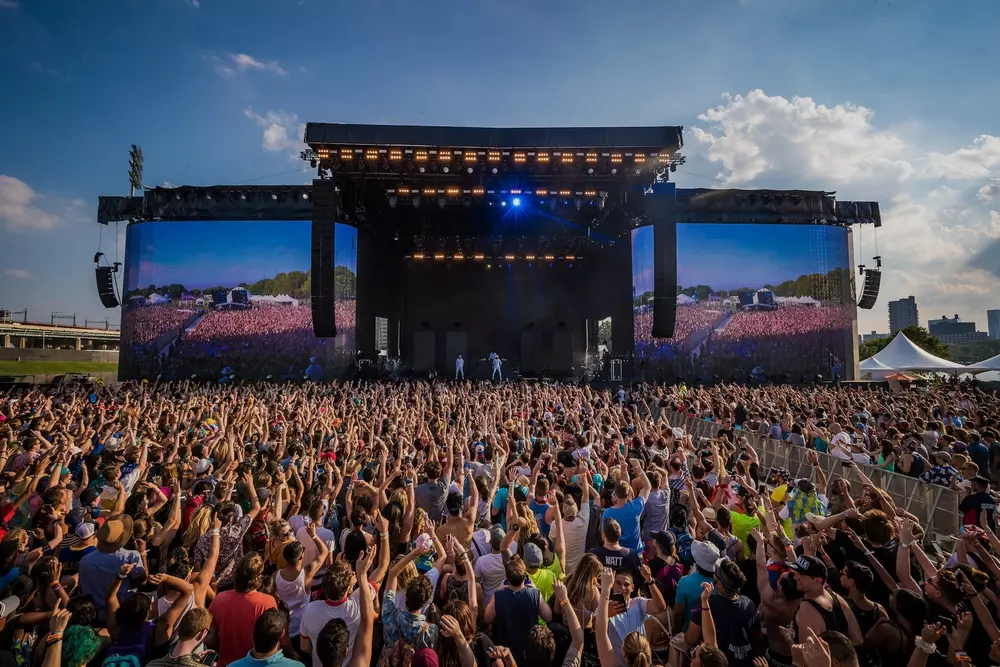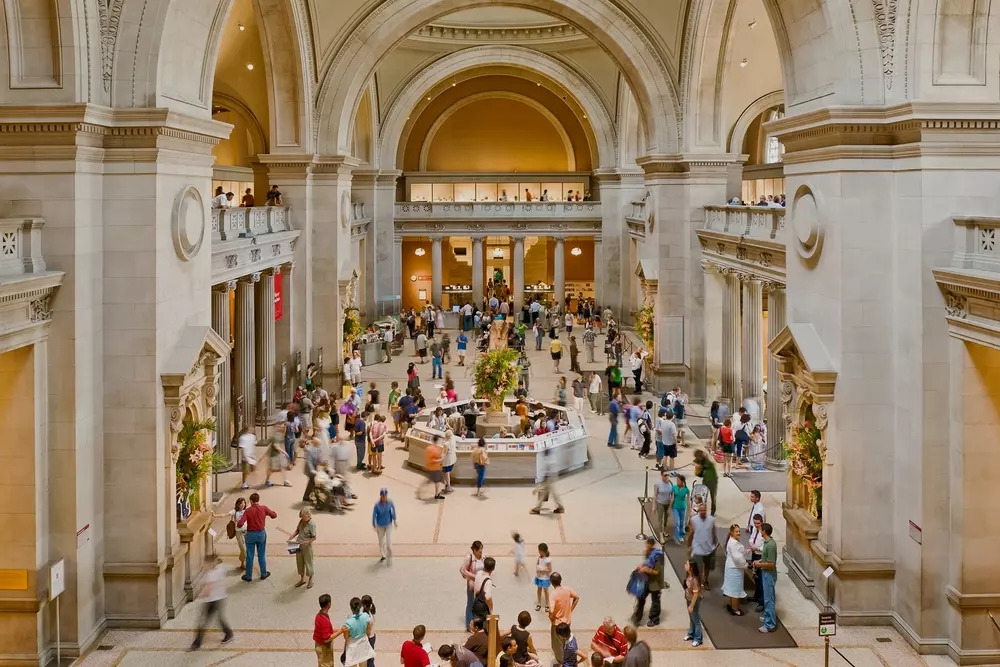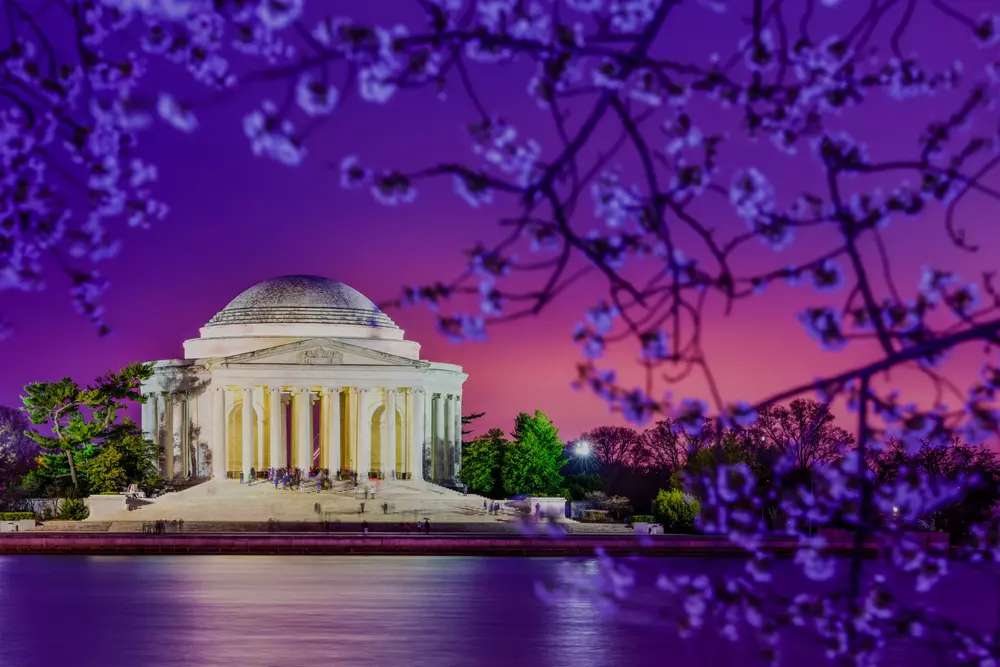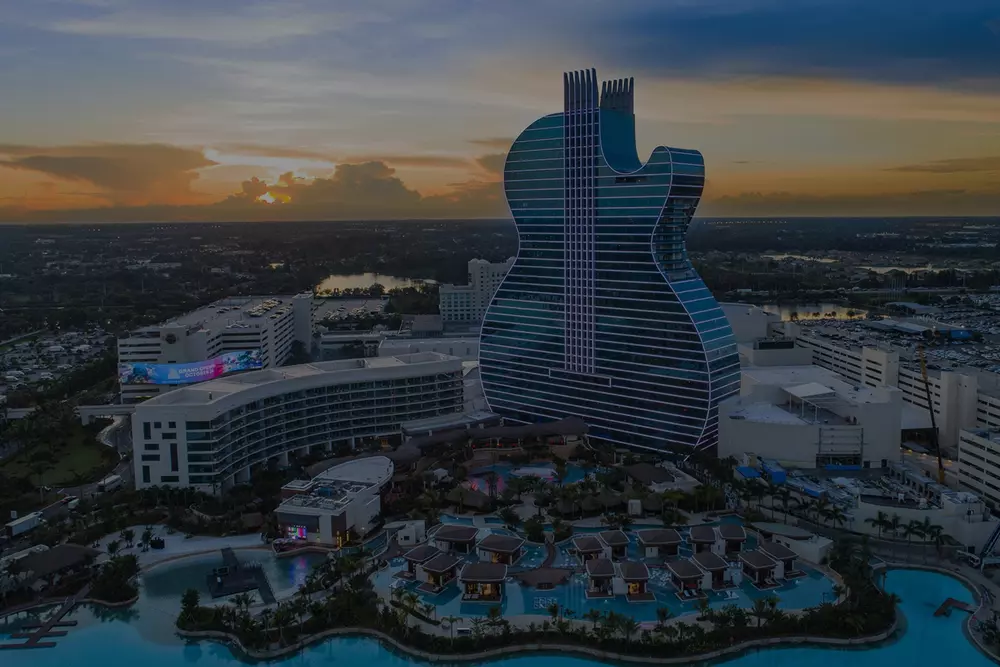Park Avenue — A Symbol of New York's History
Park Avenue — sounds beautiful, doesn't it? Yet, there was a time when it was a dreadful slum area, shrouded in coke smog and industrial noise. How it transformed from a veritable hell into one of Manhattan's most elite arteries — in our material.
History of Park Avenue and renaming to Park
Park Avenue — sounds beautiful, huh? But once it was a terrible slum area, covered by coke smog and industrial noise.
How from real hell she turned into one of the most elite arteries of Manhattan — in our material.
From places like future Park Avenue, America began. Once there was a Bowery alley. It was adjacent to the district of the same name, but did not boast of special beauties — the area was considered a slum, mostly laborers lived in it. The situation became even worse when a railway was built instead of the alley.
In the 1830s, the Bowery was located almost between New York and Harlem, which was considered a separate town. And in order to establish communication between parts of Manhattan, New York and Harlem Railroad demolishes half of the area and paves the way for railways.
It became almost impossible to breathe and sleep — people living nearby staged protests and broke the road on their own. At first, it was decided to limit the movement of steam locomotives and transfer them to horse traction in the city. It did not help much — the noise still had nowhere to go. Then, to facilitate the lives of citizens and the convenience of drivers, they built an underground tunnel.
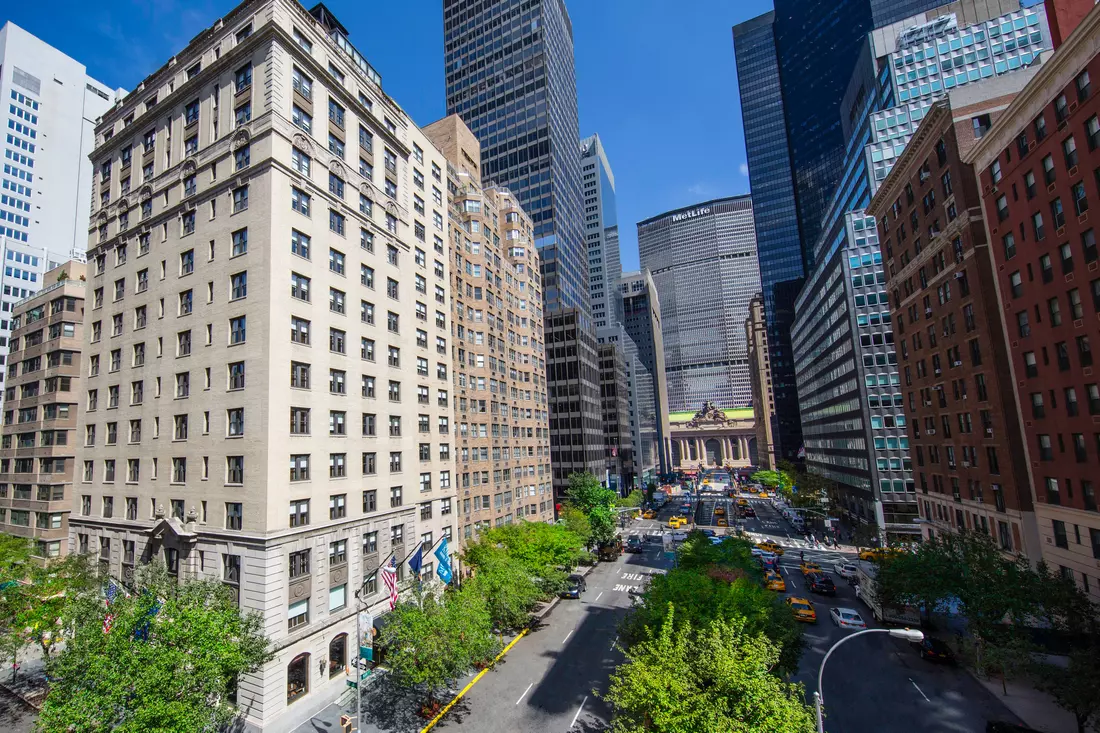
Further more: the New York Central Station, the Grand Central Terminal, is being built nearby. Its areas allowed several trains to be driven into tunnels at once, because the elevated railway line was no longer used.
On both sides of the old road, traffic of other vehicles was adjusted, some were given under trams. Around the usual city life began to boil, the street began to be used for its intended purpose, and not as a horror story. So she entered the urban plans as 4th Avenue, and at the intersection with the Bowery district (north of 32nd Street) — Park Avenue. It was decided not to use the name "Bowery" in order to "erase difficult times from the memory of the district."
It turned out so well that the southern part of Fourth Avenue was quickly renamed South Park Avenue. The reason is that the newly minted Park Avenue began to flourish and prosper quickly. The authorities noticed the trend and decided in such a cunning way to “stretch” the expensive quarter through the whole of Manhattan, attracting business and wealthy citizens to the street.
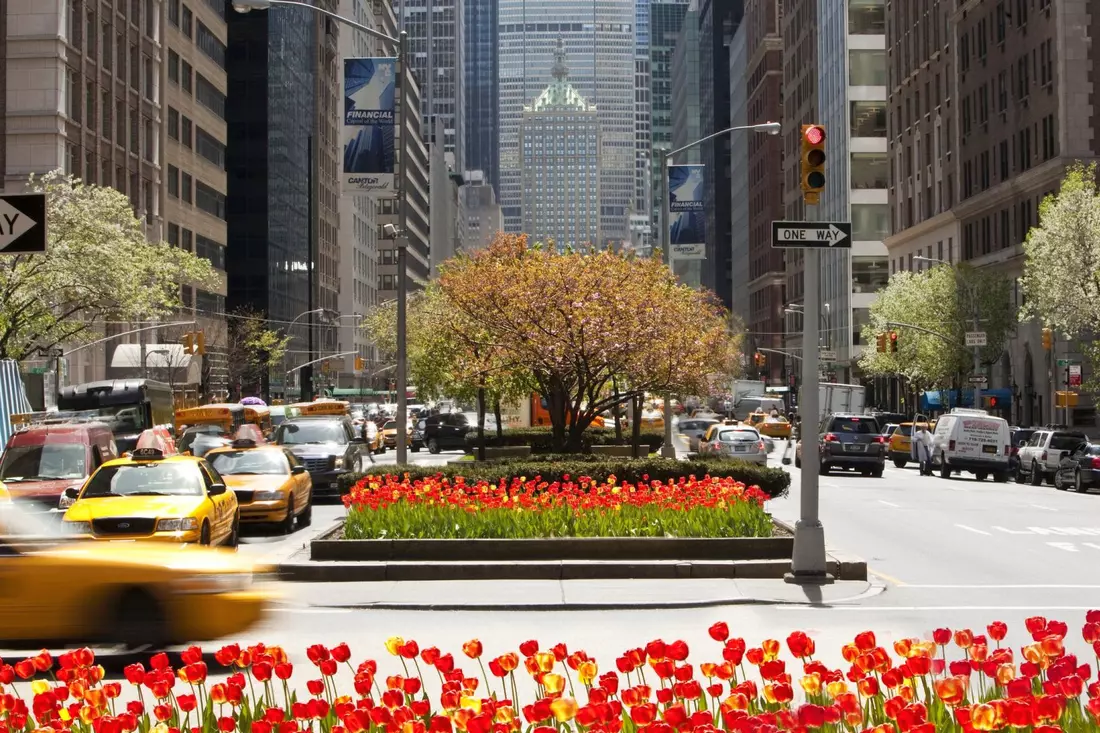
The widest and most expensive
Due to the fact that the roads were not dismantled for a long time, the street turned out to be the widest in New York — 43 meters. Today in their place is a green pedestrian boulevard. Some part was taken by tram lines.
Indeed, the image of the smoked district for the poor was defeated; there was no trace of it. At the moment, by the number of elite real estate and boutiques, Fourth Avenue breaks all records of the Fifth.
Walking along the well-kept and clean Park Avenue is a pleasure. And American Butler will be happy to plot your excursions with stops here.
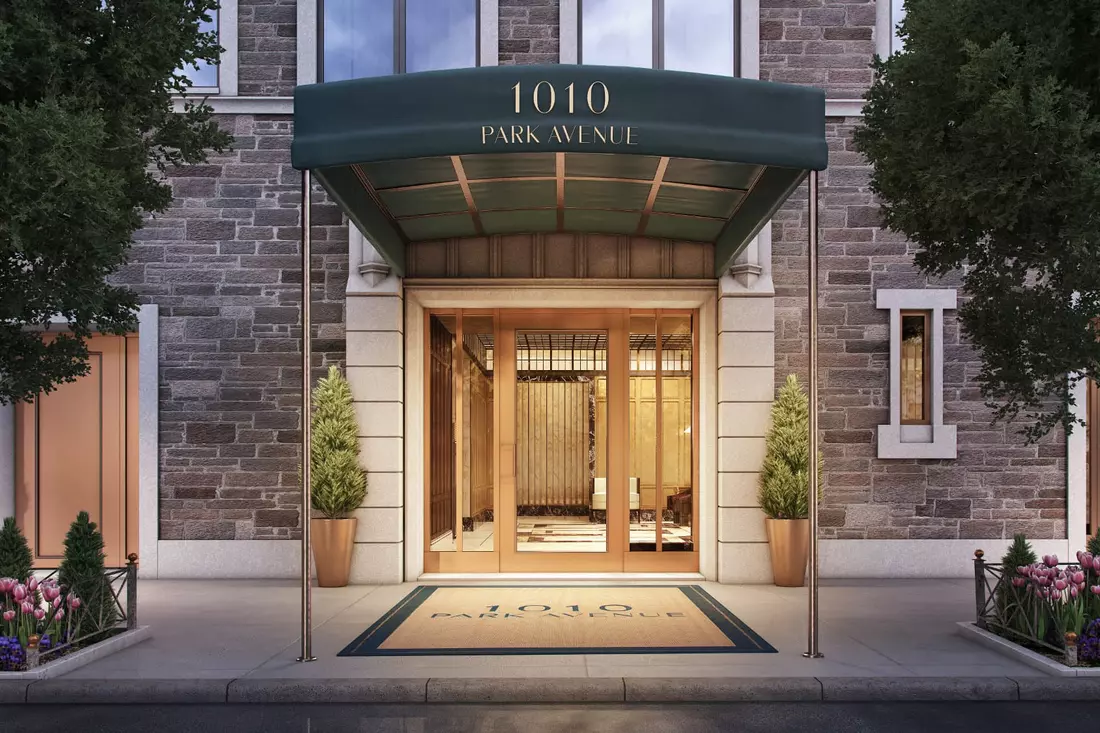
Additional Information
-
Address
| Address |
Let us know your tastes and wishes, and we will make the perfect New York tour especially for you.
Contact us!























